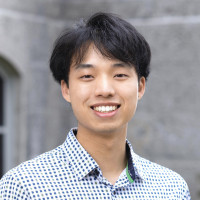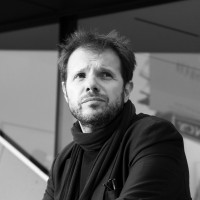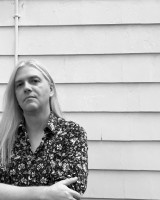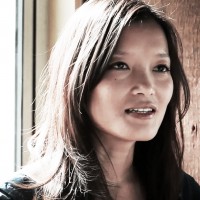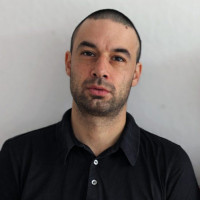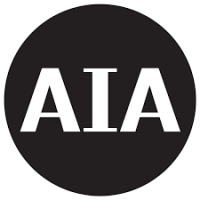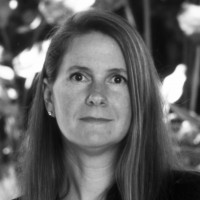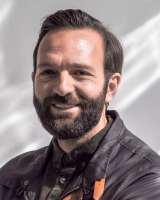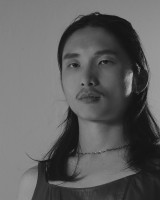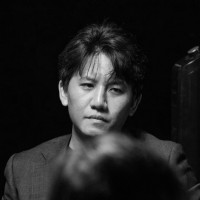In a marked departure from the top-down, fixed-state modernist urban planning of the twentieth century, twenty-first-century urbanists are approaching the city with more malleable, nuanced, and adaptable solutions. As architecture, infrastructure, and the public realm become increasingly entangled and inseparable, these projects propose new forms of city-making that challenge the modernist legacy through increasingly nimble and responsive interwoven systems that sustain constant states of flux. How can we preserve character, tradition, and community as bland, homogenous urbanization peeks over the horizon? How can buildings become programmatically flexible and resilient to increasingly precarious climatic conditions? How will architects adjust their approaches as the effects of climate change render themselves increasingly palpable, as resources diminish, as urban centers adapt to demographic changes, as transportation shifts from individual to collective, as vehicles become autonomous, and as technology challenges anachronistic modes of spatial and social gathering?
May 5, 1:00 PM
- Yiwen Dai
Subterranean Intermission: Rethinking Life on Underground Platforms - Qingri Deng
Infill Building: Historical Influence and Metropolitan Development - Sinho Kang
City Reclamation: Urban Street Activation for Crime Mitigation - Haoquan Wang
Lower Manhattan Urban Link: Public Space-oriented Pedestrian System - Xiaoyi Zhang
Joy of Inner Land: Reviving “Isolated Islands” in the City - Yilu Zhang
Single Industry Villages: Duality in Utopia
Additional Reviewer:
